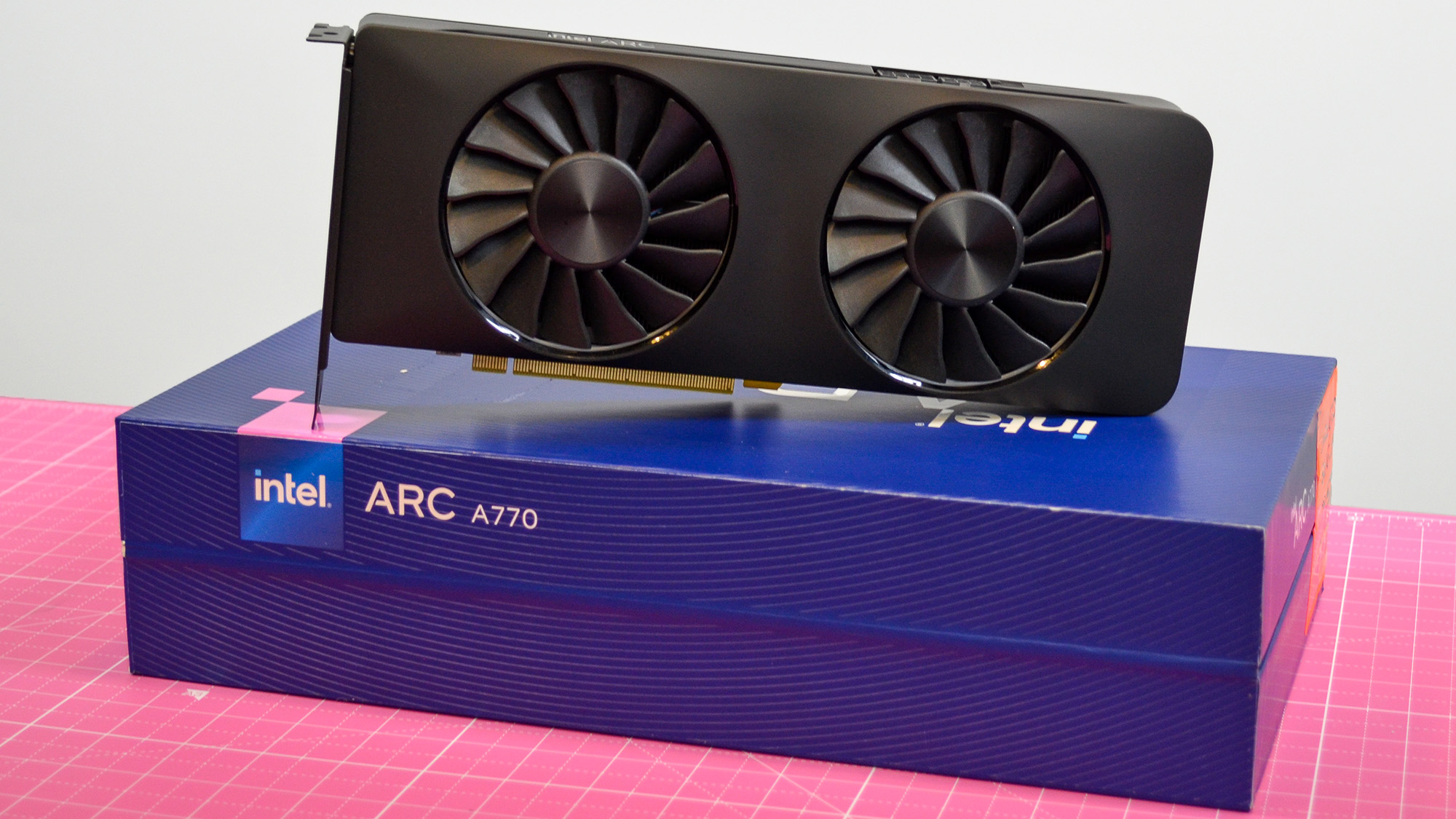
Battlemage GPUs may not have anything to offer beyond the lower-end of the market, with the rumored mid-range graphics card for the 2nd-generation of Intel’s Arc series supposedly in danger of being canceled, according to fresh word from the grapevine.
This comes courtesy of the latest video from RedGamingTech (RGT), a YouTube leaker, although it’s not all bad news about Battlemage thankfully.
The main point made, though, is disappointing; there’s a “very good chance” that the previously rumored enthusiast class GPU – the one featuring 56 Xe cores, known as G10, and in theory being about equivalent to the current RTX 4070 Ti, or thereabouts – isn’t going to be released. However, we’re told that decision hasn’t actually been made at Intel yet.
Why might G10 be canceled (with the emphasis on the might)? It’s not due to hardware issues, or problems realizing the graphics card in the technical sense, but rather it is financial considerations that are in play here. In short, the fear is that the mid-range GPU may not be profitable enough to make sense.
We should again underline that this is just a possibility right now – Intel could still go ahead with this graphics card. Alternatively, Team Blue could hedge its bets and either delay the launch of G10, or just have it come out with a very low volume of production (which would effectively mitigate any financial concerns to some extent, as a kind of compromise).
If Battlemage doesn’t have the G10 with 56 Xe cores in the end, what will it have, then? RGT’s sources believe that a more modestly pitched model will have 40 Xe cores, so the good news is that isn’t a million miles away. But is it an enthusiast-class GPU? No, it’s a lower-tier affair (or it will be by the time Battlemage is released, probably towards the very end of 2024 from what we’re hearing, when AMD’s RDNA 4 will be here, and Nvidia’s Blackwell too, most likely, or it’ll be imminent).
The other more positive news is that if G10 does happen, it currently has faster clock speeds than previously rumored, and a special type of cache called ‘Adamantine’ which will hopefully help to pep up performance too. (The 40 Xe cores graphics card won’t have this Adamantine cache, though, if you were wondering – this cache was rumored for Meteor Lake CPUs, actually, but didn’t happen for those chips in the end).
Analysis: A merry dance of rumors
Okay, so there’s a lot to digest here, and the principal point we should bear in mind is that the G10 graphics card is not dead yet – there are just big question marks hanging over it. That’s not great for those wanting more from Battlemage than lower-end offerings, of course, but still – hope remains. And besides, this is only a rumor anyway.
We’ve been treading a very winding trail following these Intel Arc rumors, for sure. Originally, we were given the expectation that Battlemage was going to be powerful enough to best Nvidia’s Lovelace GPUs, and indeed in the above YouTube clip, RGT does mention that there was an 80 Xe cores variant in the works at one time, but it got ditched.
Then we were told Battlemage was going to be just low-end GPUs, only to later be informed that the G10 upper-mid-ranger was in the pipeline. So, now we’re back to lower-end only – or maybe that being the case, anyway.
Still, even if all we get from Intel’s Battlemage is a 40 Xe cores graphics card as the highest tier product, that could still make a big impact on the wider GPU market if it’s priced competitively. Let’s face it, more affordable graphics cards are what we really need in the way of rivals for AMD and Nvidia, because Team Green in particular appears to have rather forgotten about budget GPUs. Arguably, this could allow Intel to put all its resources into budget challengers, which might ultimately work out for the better.
What could also play into Intel’s decision to drop the G10 is that AMD is apparently firmly targeting the mid-range with RDNA 4, and those GPUs will supposedly top out there – but with potent products. And those cards could be tricky for Team Blue to take on, so it might just swerve the whole idea. Maybe Intel is partly waiting to see what’s in the works with RDNA 4, as more leaks spill forth, before making the final decision on G10.
Who knows, and we can continue to speculate, but the tentative picture right now for the future of the GPU market is Nvidia owning the high-end with Blackwell – with not even AMD challenging there – and Team Red focusing its efforts squarely on the mid-range, with Intel retreating to the lower tiers. Possibly, anyway – though if Team Blue can produce compelling low-end offerings, and supercharged integrated graphics with Battlemage, that could be enough to tide things over until bigger moves are made with Celestial (its third-gen GPUs).







